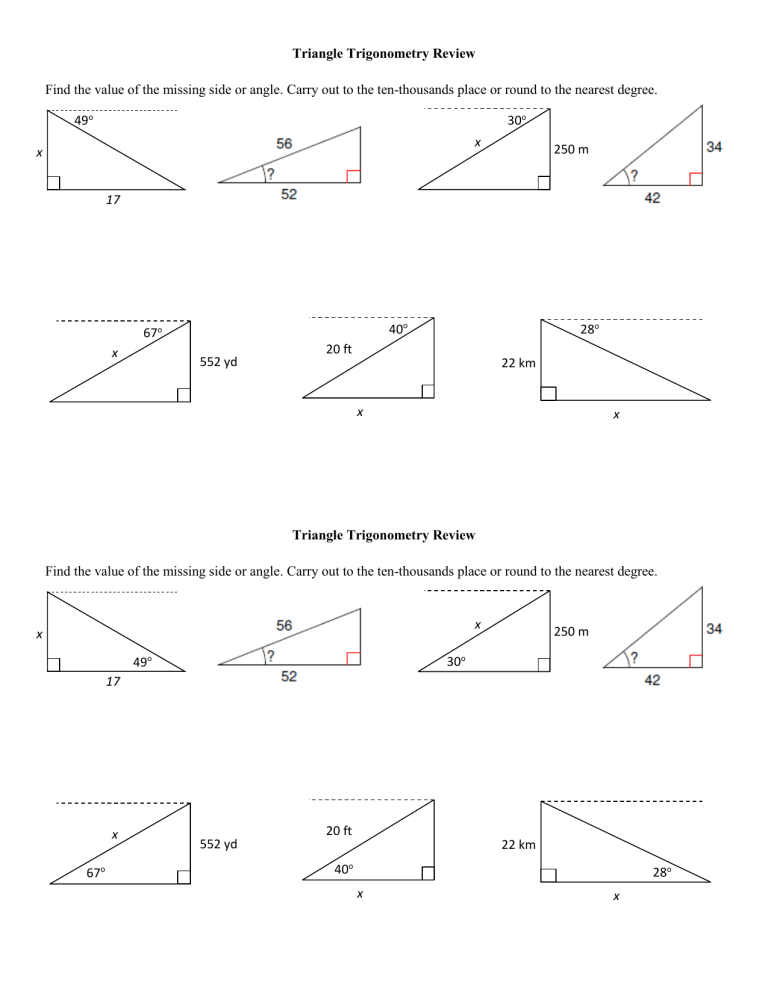5 Easy Steps to Write a Haiku

Discovering the Ancient Art of Haiku Poetry
Haiku poetry, originating from Japan, is a form of poetry that has been practiced for centuries. Its unique structure and simplicity make it a favorite among poets and readers alike. Writing a haiku is a delightful experience that allows you to express your thoughts, emotions, and connection with nature. In this article, we will guide you through the process of writing a haiku in 5 easy steps.
Step 1: Understand the Structure of a Haiku
A traditional haiku consists of three lines with a syllable count of 5-7-5. The structure is usually as follows:
- The first line has five syllables and sets the scene or introduces the main image.
- The second line has seven syllables and develops the idea or introduces a contrast or twist.
- The third line has five syllables and provides a conclusion or a final thought.
This structure is not a hard and fast rule, but it serves as a guideline to help you create a balanced and harmonious haiku.
Step 2: Choose a Theme or Seasonal Reference (Kigo)
A haiku typically includes a seasonal reference, known as a kigo, which helps to establish the time and setting of the poem. The kigo can be a word or phrase that indicates the season, such as “snowflake” for winter or “cherry blossom” for spring.
- Brainstorm a list of seasonal references and choose one that inspires you.
- Consider using sensory language to describe the season and create a vivid image.
Step 3: Create a Strong Image (Imagery)
Haiku poetry relies heavily on imagery to convey the message and evoke emotions. Choose an image that is:
Simple and concise
Vivid and engaging
Relevant to the theme or seasonal reference
Use sensory language to describe the image, such as what you see, hear, smell, taste, or feel.
Experiment with different word choices to create a unique and captivating image.
Step 4: Develop the Idea or Introduce a Contrast
The second line of the haiku should develop the idea or introduce a contrast or twist. This can be done by:
Expanding on the image
Introducing a new idea or perspective
Creating a sense of tension or contrast
Use the 7-syllable line to explore the idea or image further.
Experiment with different word choices to create a sense of surprise or intrigue.
Step 5: Conclude with a Final Thought
The third line of the haiku should provide a conclusion or a final thought. This can be done by:
Summarizing the main idea
Offering a reflection or insight
Creating a sense of closure or completion
Use the 5-syllable line to create a sense of balance and harmony.
Experiment with different word choices to create a lasting impression.
🌸 Note: Don't be afraid to experiment and try new things. Writing a haiku is a process that requires patience and practice.
Example Haiku:
Snowflakes gently fall
Blanketing the winter scene
Frosty peaceful hush
Tips for Writing Haiku:
- Use simple language and avoid complex metaphors.
- Focus on the present moment and create a sense of immediacy.
- Experiment with different word choices and imagery to create a unique haiku.
What is the traditional syllable count for a haiku?
+The traditional syllable count for a haiku is 5-7-5.
What is a kigo in haiku poetry?
+A kigo is a seasonal reference that helps to establish the time and setting of the poem.
What is the purpose of the third line in a haiku?
+The third line provides a conclusion or a final thought, creating a sense of balance and harmony.
Writing a haiku is a fun and creative process that allows you to express your thoughts and emotions in a unique and concise way. By following these 5 easy steps, you can create a beautiful and meaningful haiku that captures the essence of the moment.
Related Terms:
- Haiku worksheet free
- Haiku Lesson Plan PDF
- Haiku examples
- Haiku template online
- Haiku poem examples for students
- haiku examples 5-7-5



